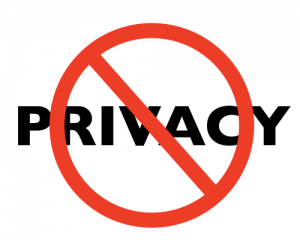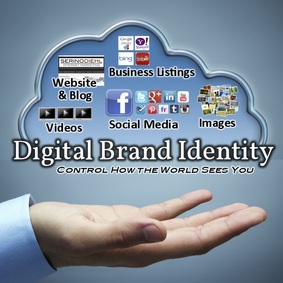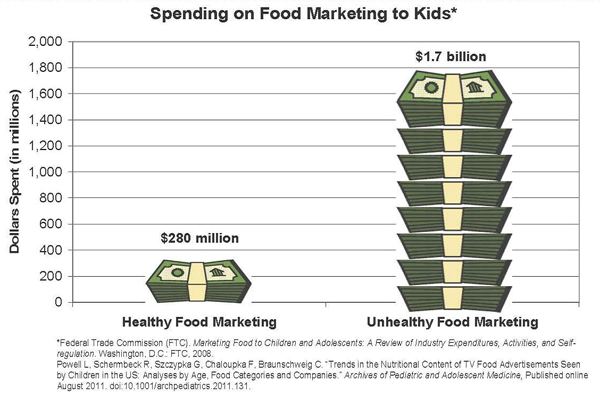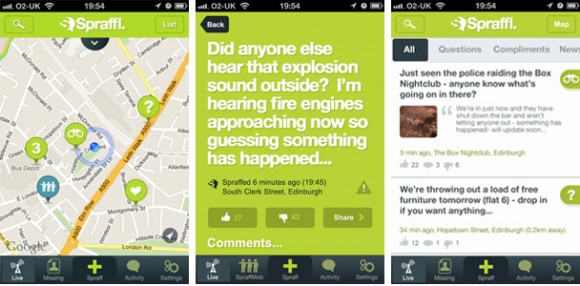If you’re one of those really private people that cringe at the thought of what others know about you then you should step away from the computer screen. You are not going to like reading what I’m about to tell you. The growth of the internet, mobile smartphone usage, emerging and social media has left your privacy exposed in ways you haven’t even thought about.
Every time you log into social media, connect your accounts and applications, browse the internet, give your information to retailers, and credit card companies the digital ‘file’ on you grows. A process called data aggregation is occurring based on information you have provided, things you have “liked” and shared, and you basically have no way of opting out of this data collection legally (yet). Lori Andrews explains “there are no laws that require data aggregators to reveal what they know about you” and this information can be used to stereotype you and yield undesired outcomes in your credit, health insurance, or other private and personal matters. This is known as weblining, a sophisticated data profiling process that I was shocked to learn about.
Most of us are aware that information about our likes and dislikes are being used to provide us relevant offers and advertisements from companies based on our demographics, recent purchases, and browsing habits, but weblining is statistical discrimination if you ask me. A similar and previous practice redlining has since been outlawed, but weblining remains under the radar for the most part.
Reputation.com recommends the following ways to protect yourself from potentional weblining: only share limited information on websites, be careful what you “like” on social media and what applications you allow access to your information. Also consider using different browsers for personal accounts and information like email and internet searches, or log out of personal accounts and open a new browsing window before surfing the internet. Research different third party applications that protect your privacy by turning off tracking or by hiding your IP address from tracers.
The European Union has been working on their law for online tracking since 2002 and hopes to finally have all the details hammered out in late 2014 that will force companies to allow consumers to opt out of data collection. Here in the U.S. though we are still waiting for the right solution that protects consumers as well as supports economic growth and keeps advertisers happy. In early 2014 the California “Do Not Track” law went into effect but it is far from all-encompassing to address the issues of data aggregation and weblining.
The Digital Advertising Alliance is also set to unveil a “browser choice” that will allow consumers to opt out of web site data collection and is somehow supposed to be superior to the Microsoft and Mozilla default Do Not Track browsers sometime in 2014. Whether this self-regulating browser solution will be enough to calm the nerves of those of us that enjoy engaging in social media, linked accounts, and the convenience of some services remains to be seen.
Are you comfortable with these self-regulating efforts or would you rather see specific laws in place to protect your digital privacy?









